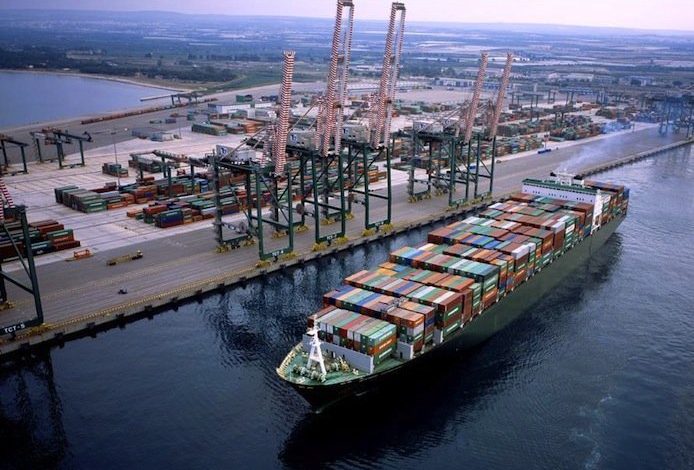Liner schedule reliability hits new low as rates peak

Global liner average schedule reliability hit an all-time low point in August, both in terms of the actual performance levels, as well as in terms of the speed with which performance has declined, according to new analysis from Copenhagen-based Sea-Intelligence, which has been tracking carrier reliability levels since 2011.
This is likely to cause additional friction between carriers and shippers
Reliability in August across all tradelanes stood at 63.7% meaning less than two out of three ships got to their destination on time, despite the fact that clients were often paying sky-high, record rates for their late deliveries.
Sea-Intelligence has detected a gradual decline in global reliability since 2015, but this recent measurement is below that overall long-term trend.
Commenting on the data, Danish container shipping analyst Lars Jensen wrote on LinkedIn: “Irrespective of the reasons this is likely to cause additional friction between carriers and shippers, as shippers will have experienced a sharp decline in service quality at a time where freight rates are setting new record highs.”

This really is not earth-shattering ‘analysis’, as anyone can deduce that the effects of trade wars and a global pandemic will have played havoc with shipping demand and patterns of trade. Those two drivers will have forced carriers to ‘adjust’ schedules (reduced speed, cutting out port calls and sailings) which will produce less slots. Reliability of liner services is a product of how many ships are being operated and how many ports are being called.
Fast forward to lower overall inventory and stocks (also due to supply chain interruptions and tighter inventory management in the US plus the booming e-commerce sector) and the recipe is ready for a space shortage and for the resulting increased seasonal demand to push up freight rates. All this is a combination of highly usual and unusual economic factors together with reduced supply of space.
The only thing that is surprising is the speed with which the bounce back is happening in the US (fed by fiscal stimuli) and whether this will be sustainable towards the end of Q4 and into Q1/21. (Again, that might be affected by the results of the US election).
What’s the next problem? Container shortages – again.